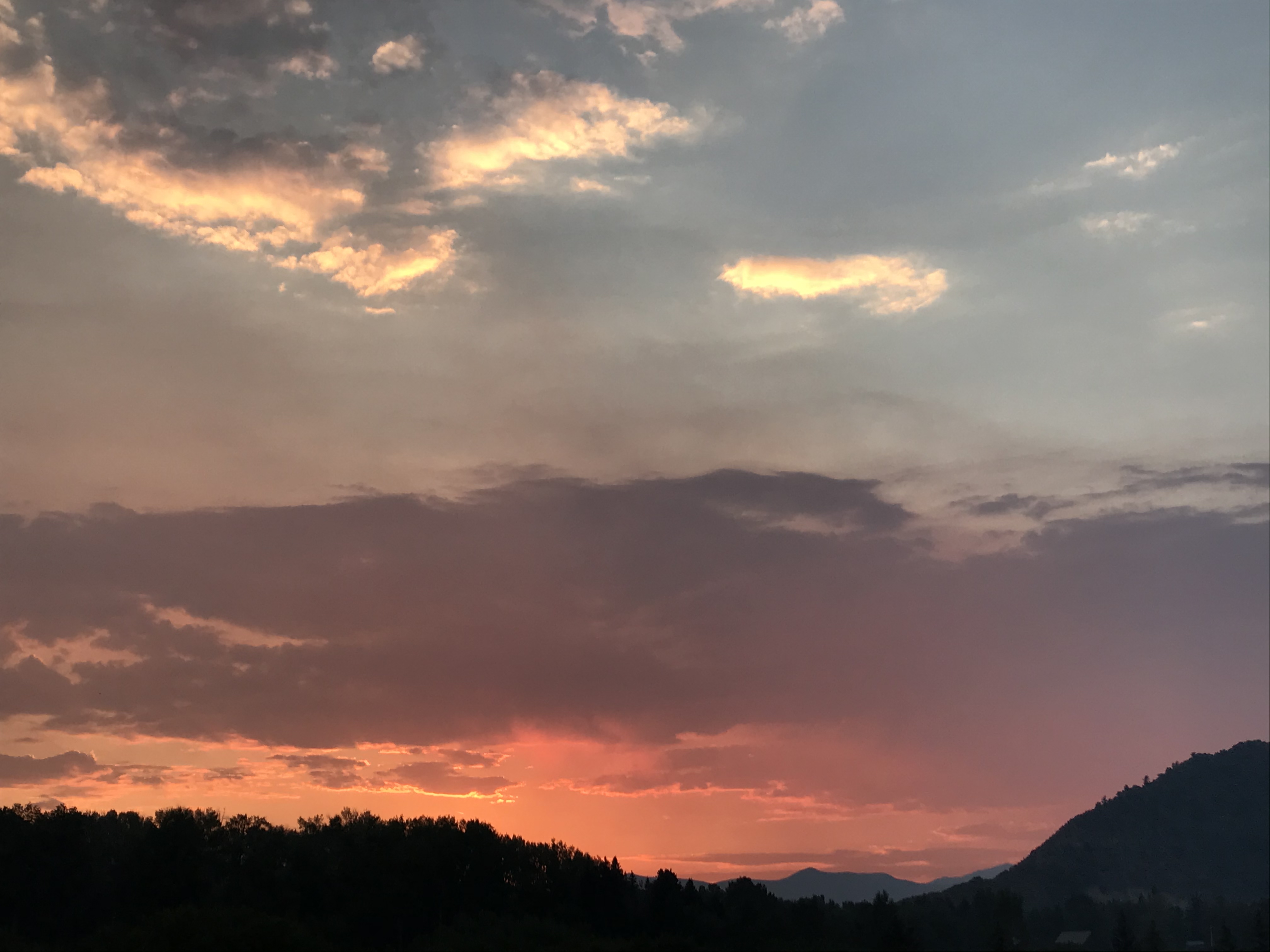The Aspen Institute is one of the top educational/cultural institutions in Aspen.

Chicago businessman Walter Paepcke (1896-1960), chairman of the Container Corporation of America, first visited Aspen, Colorado in 1945. Inspired by its great natural beauty, he envisioned it as an ideal gathering place for thinkers, leaders, artists, and musicians from all over the world to step away from their daily routines and reflect on the underlying values of society and culture.

To make this dream real, in 1949 Paepcke made Aspen the site for a celebration of the 200th birthday of German poet and philosopher Johann Wolfgang von Goethe. The 20-day gathering attracted such prominent intellectuals and artists such as Albert Schweitzer, Jose Ortega y Gasset, Thornton Wilder and Arthur Rubinstein, along with members of the international press and more than 2,000 other attendees.

The next year, Paepcke created what is now the Aspen Institute. He was a trustee of the University of Chicago, and his participation in its Great Books seminar, led by philosopher Mortimer Adler, inspired the Institute’s Executive Seminar. The seminar is a forum based on the writings of great thinkers of the past and present. Through reading and discussing selections from the works of classic and modern writers, leaders better understand the human challenges facing the organizations and communities they serve. “The Executive Seminar was not intended to make a corporate treasurer a more skilled corporate treasurer,” said Paepcke, “but to help a leader gain access to his or her own humanity by becoming more self-aware, more self-correcting, and more self-fulfilling”.

The Institute continues today with amazing seminars and programs like its timeless Executive Seminar on leadership, values and the good society, Henry Crown Fellowship program to help develop leaders for the 21st Century, and it’s well-known Aspen Ideas Festival in late June/early July involving great leaders and thinkers from around the world.

Also look for details of the McCloskey Speaker Series each summer which brings in amazing speakers for public talks and discussion. In one week you could have heard former Secretaries of State Madeleine Albright and Condoleezza Rice and Supreme Court Justice Elena Kagan.

Don’t miss the grounds. In the 1950’s, Walter Paepcke commissioned Bauhaus architect and artist, Herbert Bayer, to create the campus for the Institute and the right environment for the leaders to live and learn. From 1953 to 1973, Bayer designed the buildings and the landscaped architecture known as Earthworks. On the grounds you will see these landscape sculptures, other sculptures, including Bayer’s graffito mural on the Koch Building and his Kaleidoscreen completed in 1957, a Buckminster Fuller Geodesic Dome and Andy Goldworthy’s Stone River, a red sandstone serpentine wall that winds into and through the Doerr-Hosier building.
According to Aspen Modern, “influenced by Bauhaus and International Style principles, Bayer’s architectural designs have simple rectilinear shapes, generally flat roofs, expanses of glass, cantilevered balconies, basic geometric shapes, industrial materials such as steel frames and cinder blocks, and use primary colors, whites, and grays. Bayer believed in the Bauhaus concept of designing the total human environment, that art should be incorporated into all areas of life, and he designed logos and posters as well as landscapes and buildings that brought high modernism to Aspen.”
A number of Bayer’s tapestries and pieces of art can also be seen throughout the Institute.






Established in 2022 is the Resnick Center for Herbert Bayer Studies at the Aspen Institute next to the Benedict Music Tent. It is a really gorgeous new exhibition space that was designed to preserve the legacy of Herbert Bayer, the famous modern artist trained at the Bauhaus school in Germany, who designed the Aspen Institute’s Aspen Meadows campus between 1953 and 1975. I saw the first exhibition in August 2022 that featured his work from the 1910s to the 1980s. It was really exceptional. 610 Gillespie Ave.




For a great meal and views, make sure to visit PLATO’S restaurant in the Aspen Meadows Resort.



According to Aspen Modern, “Herbert Bayer also spearheaded Paepcke’s restoration of Victorian buildings in town, including the Wheeler Opera House and Hotel Jerome, and selected the paint colors for certain Victorians that Paepcke’s Aspen Company decided should be restored in the 1940s. A strong blue, known locally as “Bayer Blue”, has persevered for some fifty years, but is disappearing. His choice of a bright pink for the Paepcke’s West End residence, Pioneer Park (442 W. Bleeker Street) and a bold paint scheme for the Hotel Jerome are local legends. In his twenty-eight years in Aspen, Bayer lived at 234 W. Francis Street, a Victorian house in the West End, and an apartment in a downtown commercial building (535 E. Cooper Avenue). He then moved to Red Mountain where he built his studio and home (1950 [Gordon Chadwick, architect] and 1959, demolished). He designed other modernist residences (1957, 240 Lake Avenue; 1963, 311 North Street) in the West End, located adjacent to the Aspen Institute campus.”



